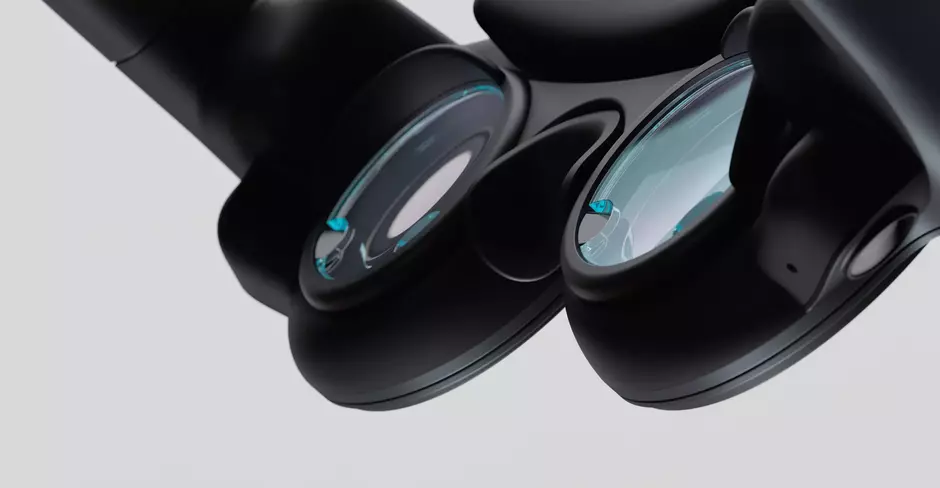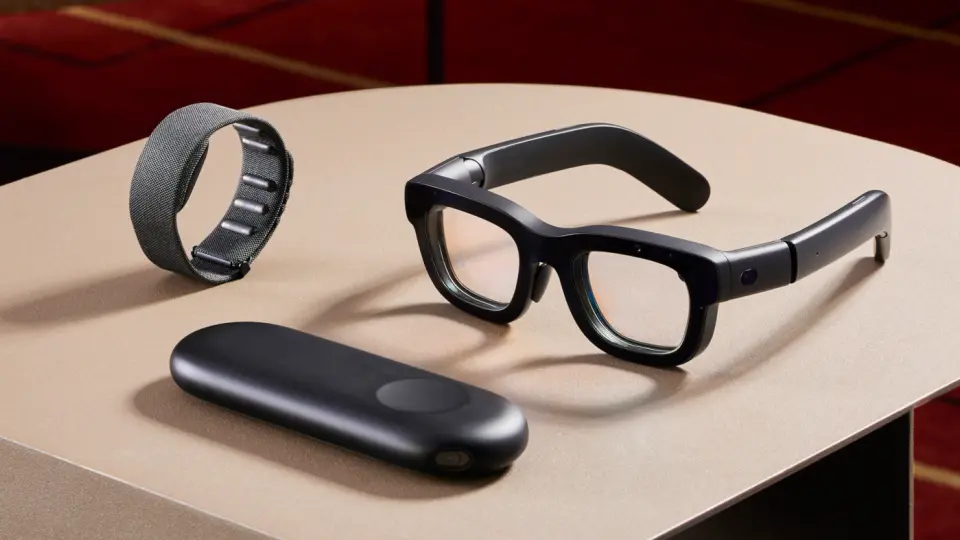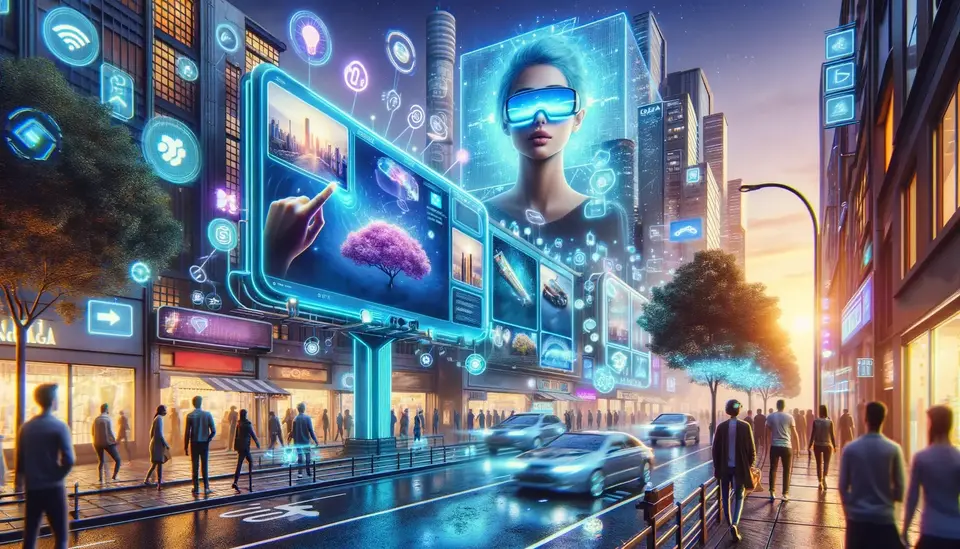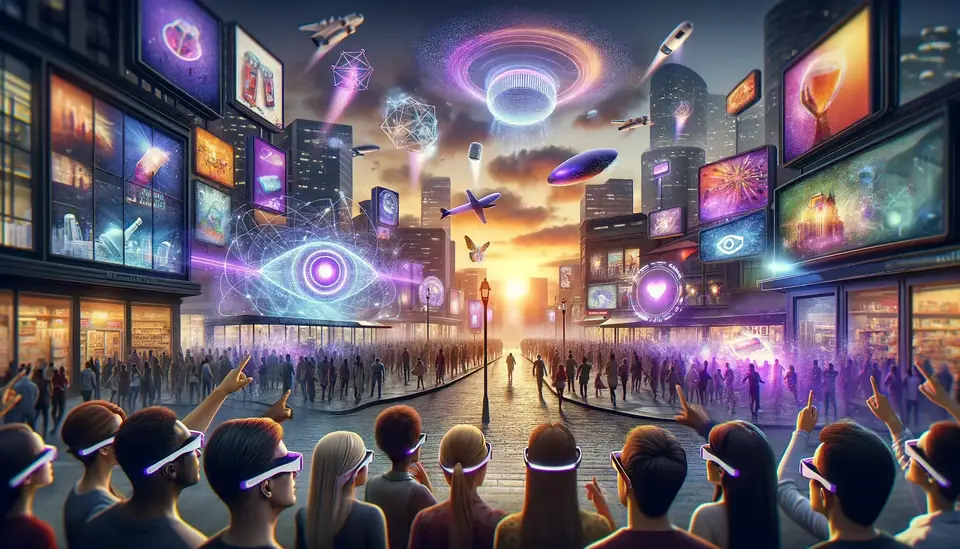Breaking Down Magic Leap 2: What You Need to Know
Posted on May 14, 2023 6 minutes 1088 words
Table of contents
The highly anticipated Magic Leap 2 mixed reality headset has finally arrived, marking a significant step forward in the world of augmented reality (AR) and mixed reality (MR) technologies. Since the release of the first-generation Magic Leap headset, the company has made significant strides in improving the user experience and functionality of its product. In this blog post, we will take a deep dive into the Magic Leap 2’s features, specifications, and potential impact on the mixed reality industry.
Magic Leap 2: Key Features and Specifications
Display technology
Magic Leap 2 boasts a cutting-edge display with significant improvements in resolution, field of view (FOV), and refresh rate. The device features a 50% wider FOV compared to its predecessor, resulting in a more immersive and realistic user experience. The high-resolution display and 120Hz refresh rate ensure crisp visuals and seamless motion, enhancing the overall quality of mixed reality experiences.
Tracking and sensors
Spatial computing and object tracking capabilities have been greatly enhanced in Magic Leap 2. The device now includes six degrees of freedom (6DoF) tracking and improved gesture recognition, thanks to an array of new sensors. These sensors enable accurate tracking of user movements and interactions, allowing for more intuitive and engaging experiences.
Connectivity and battery life
Magic Leap 2 offers wireless capabilities and is compatible with a range of devices, such as smartphones and tablets, allowing for seamless integration into users’ digital lives. The headset features improved battery life, enabling extended usage without the need for frequent recharging.
Software ecosystem
The Magic Leap operating system (Lumin OS) has been updated to support the new hardware, while also offering a robust selection of applications and development tools. Developers can create unique mixed reality experiences using the Magic Leap 2 SDK, which offers support for popular game engines like Unity and Unreal Engine.
Ergonomics and design
The Magic Leap 2 has undergone a significant design overhaul, with a focus on comfort and wearability. The device is lighter and more compact than its predecessor, making it easier to wear for extended periods. Additionally, the new design incorporates adjustable straps and padding for a more secure and comfortable fit.
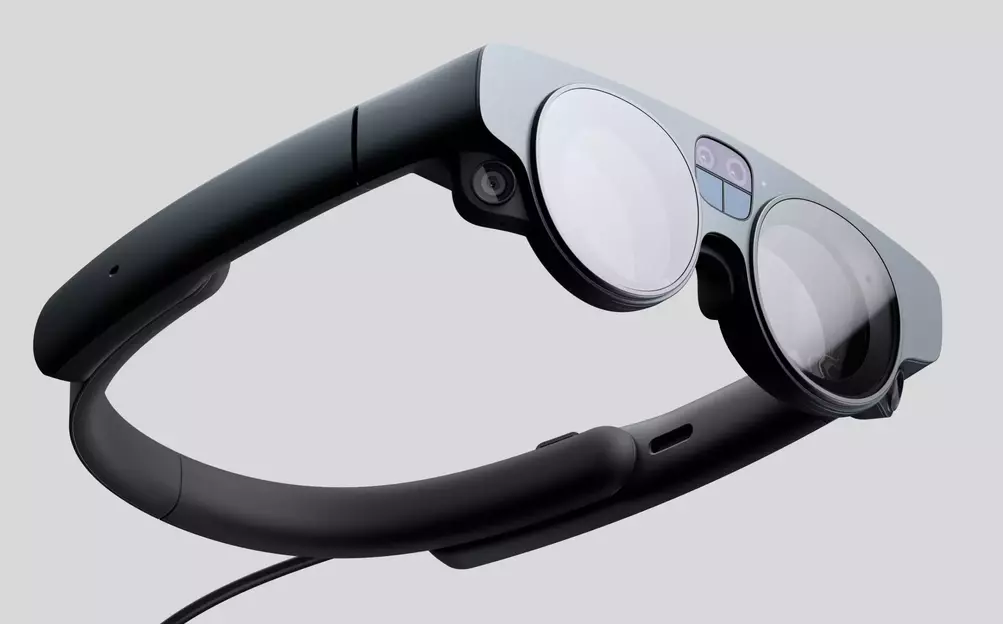
Enhanced User Experience
Immersive experiences
Magic Leap 2’s advanced display and tracking capabilities enable users to enjoy more realistic and engaging mixed reality experiences. From gaming and entertainment to education, the device can bring digital content to life in a way that blurs the line between the virtual and physical worlds.
Accessibility and inclusivity
Magic Leap 2 offers a range of accessibility features, such as adjustable text sizes and audio descriptions, to cater to users with disabilities. Its immersive and interactive capabilities can enhance learning and communication for various user groups, including those with visual or hearing impairments.
Collaboration and communication
The Magic Leap 2 headset has the potential to revolutionize remote work, teleconferencing, and social interactions in mixed reality. The device’s advanced tracking and gesture recognition features facilitate more natural and intuitive communication, allowing users to collaborate and interact with each other in real time, regardless of their physical location.
Magic Leap 2 vs. Competitors
When comparing Magic Leap 2 with its main competitors, such as Microsoft HoloLens 2, Facebook’s Project Aria, and Apple’s rumored mixed reality headset, it’s essential to consider each device’s strengths and weaknesses in terms of hardware, software, and developer support.
Microsoft HoloLens 2 is a strong contender in the enterprise market, offering advanced features and robust developer support. However, it comes with a higher price tag compared to Magic Leap 2. Facebook’s Project Aria is still in the early stages of development, and while it promises an impressive array of features, it has yet to be released to the public, making it difficult to assess its real-world performance. Apple’s rumored mixed reality headset has generated a lot of buzz, but without confirmed specifications or a release date, it remains a wildcard in the competition.
Overall, Magic Leap 2 offers a compelling mix of features, performance, and pricing, making it a strong contender in the mixed reality market.
Potential Use Cases and Industries
Education
Magic Leap 2 can enhance learning experiences across various educational settings. The device’s immersive capabilities can be used to create engaging and interactive lessons, from visualizing complex scientific concepts to exploring historical sites in 3D. In higher education and professional training, Magic Leap 2 can facilitate hands-on simulations and virtual workshops, bridging the gap between theory and practice.
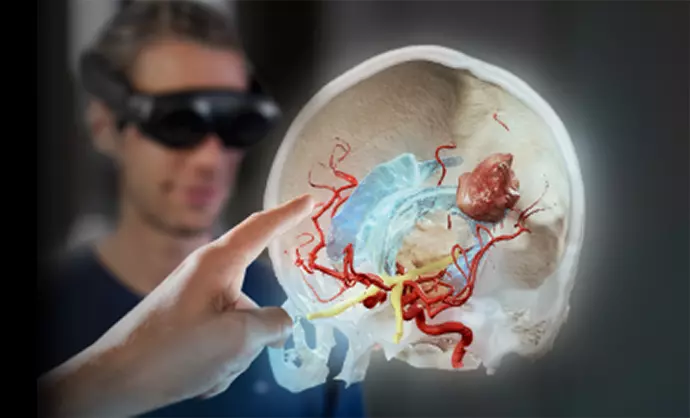
Entertainment
The entertainment industry can benefit from Magic Leap 2’s immersive storytelling capabilities, creating interactive performances, and art installations that blend the digital and physical worlds. The device can also be used to create mixed reality gaming experiences that push the boundaries of traditional gaming.
Healthcare
The Magic Leap 2 headset has numerous applications in healthcare, including medical training, remote consultations, and therapy sessions. For example, medical students can use the device to practice surgical procedures in a virtual environment, while therapists can employ mixed reality to create immersive environments tailored to their clients’ needs.

Retail and fashion
Magic Leap 2 has the potential to revolutionize shopping experiences by offering virtual fitting rooms, allowing customers to try on clothes or accessories in mixed reality. Retailers can also use the device to create engaging product visualizations, helping customers make more informed purchasing decisions.
Architecture and construction
The Magic Leap 2 headset can be a valuable tool for architects and construction professionals, enabling them to visualize and interact with 3D models in real-time. This can facilitate more effective collaboration and streamline the design and construction process.
Pricing, Availability, and Future Prospects
Pricing and availability for the Magic Leap 2 are expected to be competitive within the mixed reality market, making the device accessible to a wider audience. Details on any potential discounts or bundles will be available closer to the release date.
Magic Leap has expressed its commitment to continuous improvement, with plans for future iterations and software updates. The success of Magic Leap 2 could play a pivotal role in shaping the mixed reality industry and influencing the broader tech landscape.
Conclusion
The Magic Leap 2 mixed reality headset represents a significant step forward in the world of AR and MR technologies. With its advanced features, improved ergonomics, and potential use cases across various industries, the device promises to redefine the way we interact with digital content. As the mixed reality market continues to evolve, Magic Leap 2 is well-positioned to make a lasting impact.

